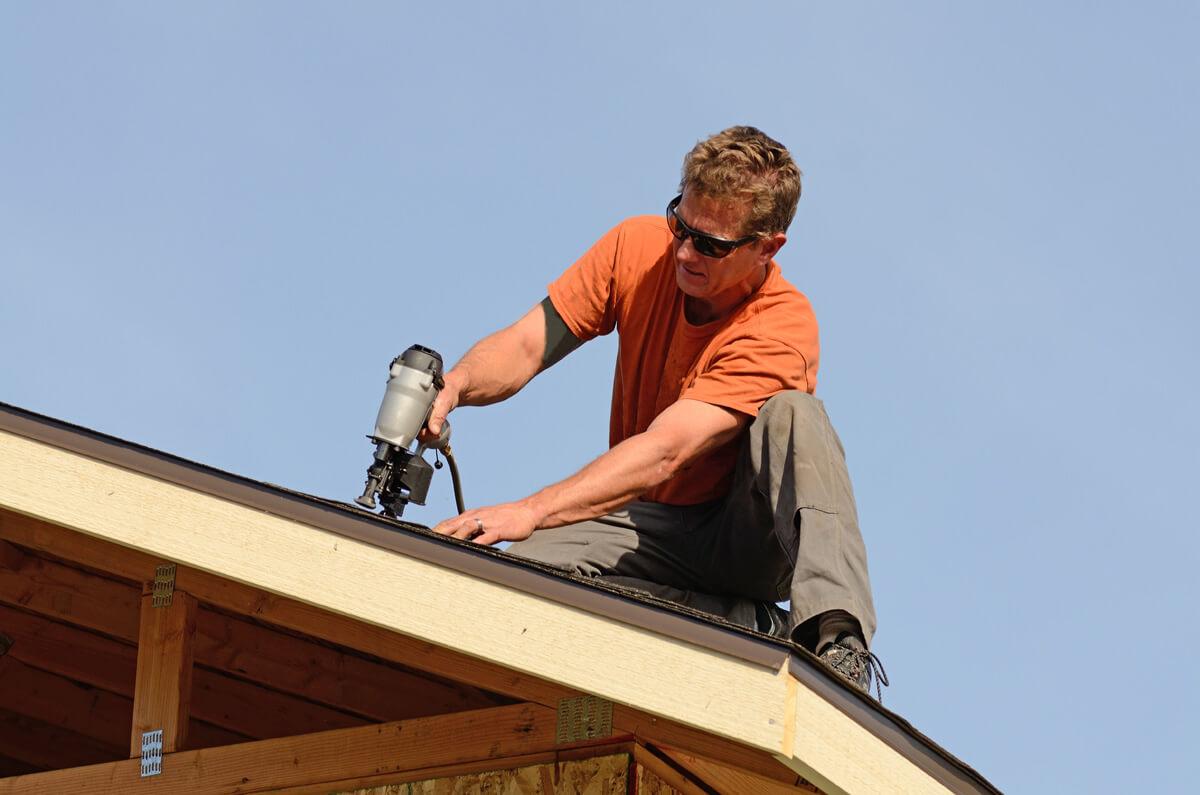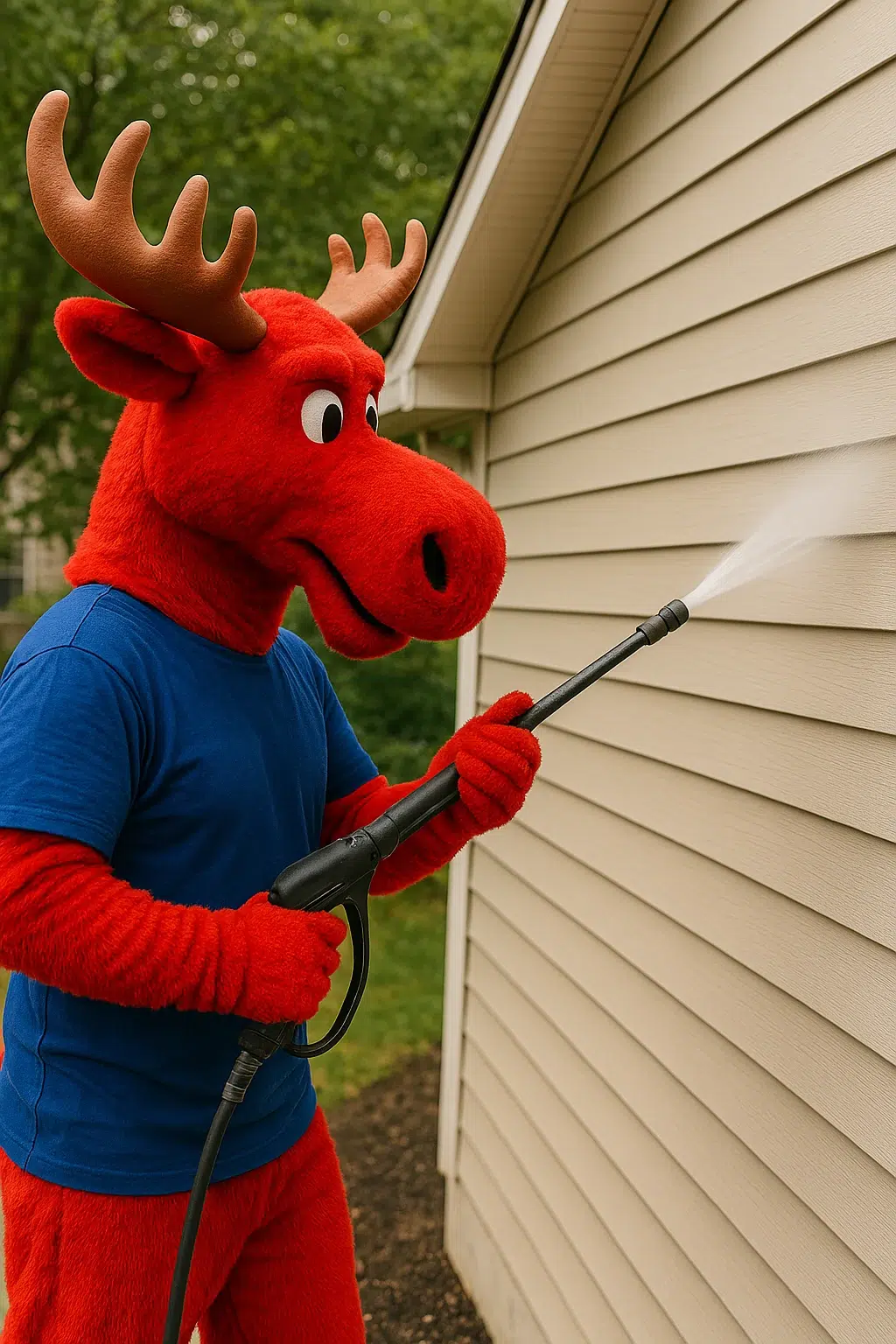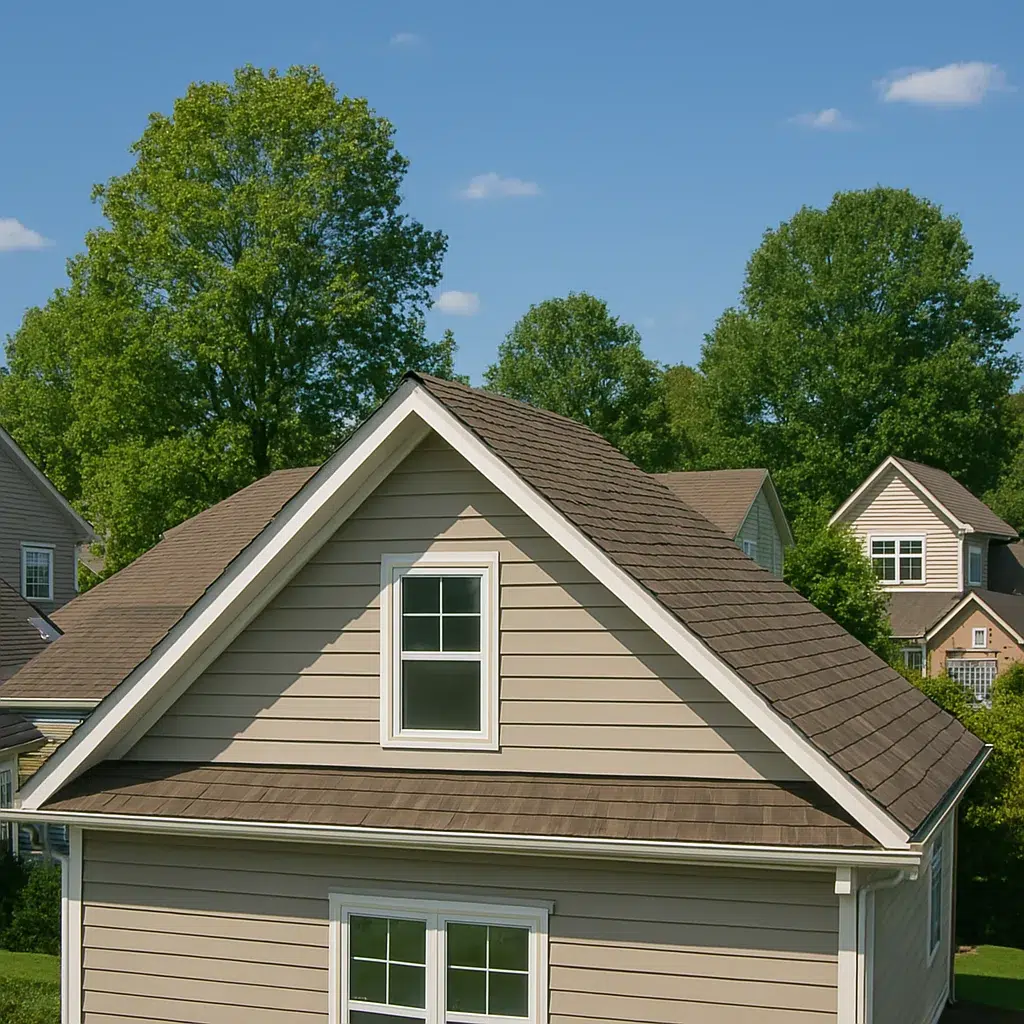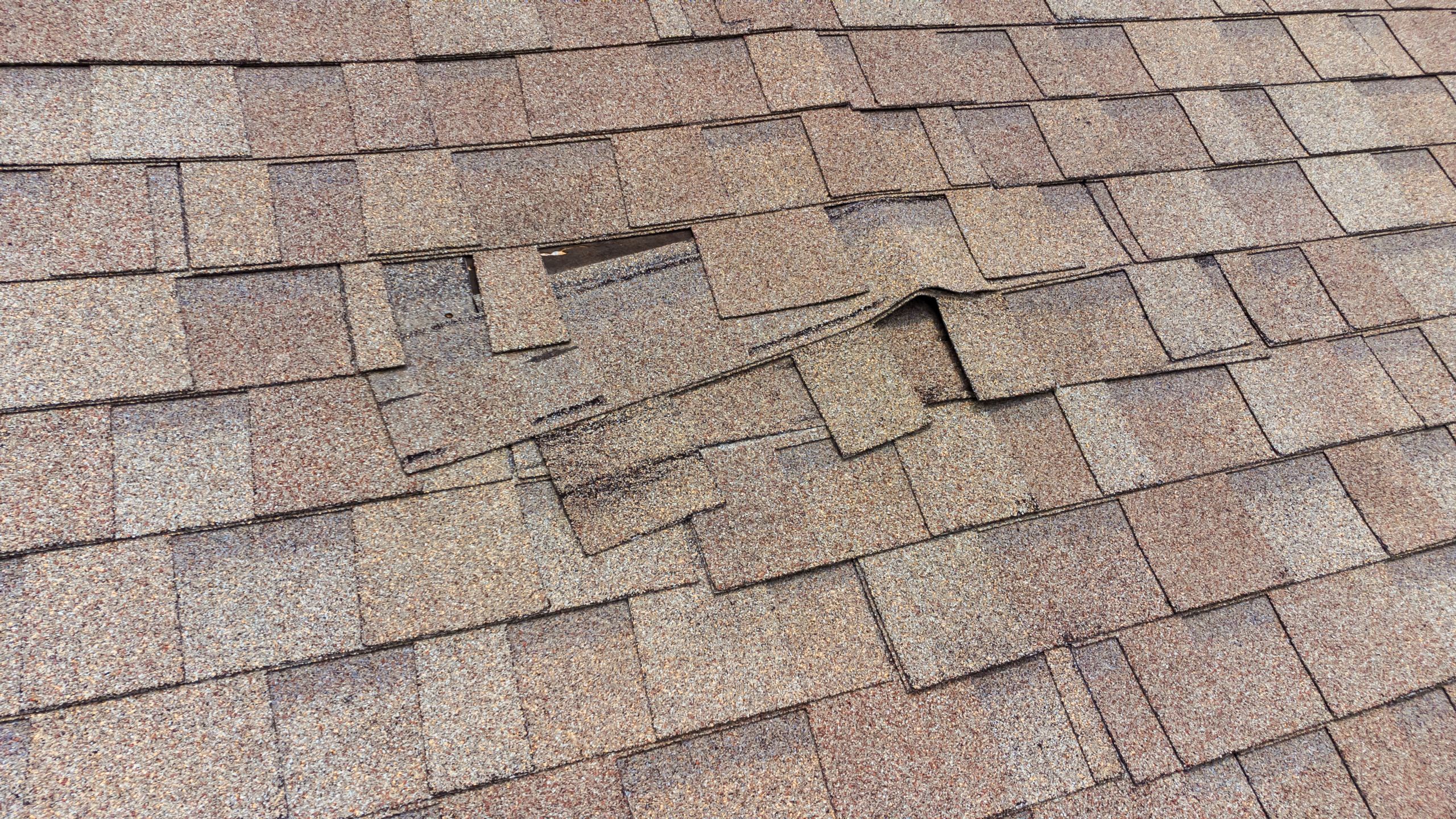The East coast states are no stranger to inclement weather. Intense rainstorms, hail, and high winds can threaten your home each season, damaging the shingles on your roof, causing water damage, and potentially requiring insurance claims and repairs from an experienced roofing company. The good news is, the sooner you act, the less roof damage a storm will cause to your home, and the less you will have to pay out of pocket. Best Roofers near me or the best roofers
Be prepared for the effects of severe weather and make plans to talk to a roofing professional if damage occurs. Here are the types of inclement weather to watch out for.

How does hail damage a roof?
Even hail can cause some serious harm to your roof. In fact, one of the top reasons homeowners file insurance claims is due to these golf ball-sized ice chunks. The damage might even go beyond your roof and dent your siding, windows, and doors. However, shingles tend to be what absorb the most damage. Hail can cause damage to just a few shingles, a small area of the roof, or in severe cases, the damages could require an entire roof replacement, in which case you’ll need to contact a professional immediately to avoid further damage to your home.
How does heavy rain damage a roof?
A sudden heavy squall or intense thunderstorm can put a lot of pressure on your roof. Even after the water recedes, the lingering moisture can damage the structural integrity of your roof. If rain has damaged your roof, you may not know it right away, but there are signs to look for, including the growth of mold, algae, or mildew. You might also notice displaced shingles or holes in your roof, pooling water, weeds, or vines in your gutters, and rotting wood — these are all signs that water has damaged your roof.
How do high winds damage a roof?
Although everyone knows hurricane roof damage is hard to repair, even winds that don’t reach hurricane level can cause serious harm. Strong, gusty winds that blow through flat landscapes can knock down roofs and fences. Luckily, modern roofing materials can be built to better withstand these winds using built-in nail strips and other innovative features that can stabilize your home and fight wind damage to your roof.
How do flying objects damage a roof?
Hurricanes, winds, and heavy rain can break tree branches, fences, and other objects and send them flying your way. The impact from a heavy tree branch can cause shingles to crumble, resulting in large dents and other types of structural damage. If you feel the impact from a tree or other large object, examine your roof immediately for any signs of damage. If your roof is compromised, you can file a claim right away and get started on repairs to avoid higher costs in the future.
How do temperature fluctuations damage a roof?
When the temperature fluctuates from season to season, it can cause stress on your roof. As the seasons change, it’s wise to inspect your roof for any potential damage from changing temperatures. Look for loose shingle granules that might be crumbling, curling, or peeling. Shingles may become detached, or layers might fall away, leaving un-shingled patches or gaps. Shingles might also fade or discolor.
An expert contractor can examine your roof, gauge the extent of the damage, and find a reliable solution that preserves your home’s integrity.
Still not sure if you have roof damage? Schedule a consultation with the experienced professionals at Best Roofing Now LLC, who can assess any potential damage and suggest solutions that will preserve the integrity of your home for years to come.
This article was sourced from Jack C. Wilson Roofing located in Dallas TX







